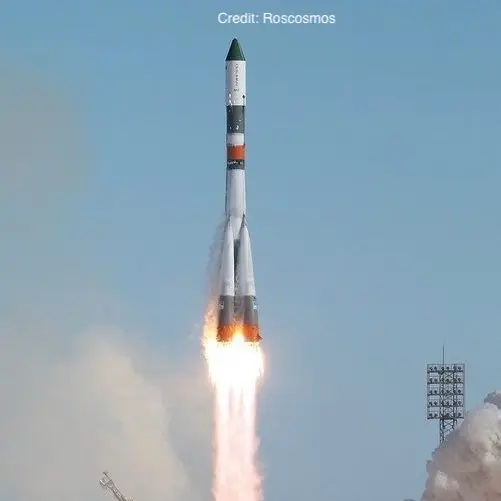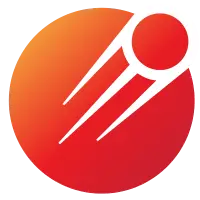Soyuz 39
Launch Success
Liftoff Time (GMT)
14:58:55
Sunday March 22, 1981
Mission Details
Soyuz 39
Soyuz 39 was a 1981 Soviet crewed space flight to the Salyut 6 space station. It was the fifteenth expedition, and carried the eighth international crew to the orbiting facility. The crew visited Vladimir Kovalyonok and Viktor Savinykh, who had reached Salyut-6 ten days prior. The flight carried Vladimir Dzhanibekov and Jügderdemidiin Gürragchaa into space. With this mission, Gürragchaa became the first Mongolian, and second Asian cosmonaut. The Mongolian contribution for this mission had begun in 1967, when the president of the Mongolian Academy of Sciences Bazaryn Shirendev attended a conference of scientists from socialist countries in Moscow, where the Intercosmos project was announced. Dzhanibekov and Gürragchaa performed about thirty experiments during the course of the mission. This is Soyuz's 60th flight, and 41st crewed flight. The Soyuz is a Soviet crewed spaceship, developed to made manned lunar missions. This version called 7K will fly 4 times on the giant launcher N1, and several tens of times on Proton to fly over the Moon, which will be successful during the mission Zond 4. Soyuz will become the first spacecraft to transport living beings to the Moon during the flight of Zond 5, with two turtles. Subsequently, it is adapted to low orbit and will fly on the Soyuz launcher to serve the Salyut and Mir stations and the ISS.
Low Earth Orbit
1 Payload
6,800 kilograms
Rocket


Manufacturer
RKK EnergiyaPrice
$20.00 million
Rocket
Height: 51.32m
Payload to Orbit
LEO: 6,860 kg
GTO: 0 kg
Liftoff Thrust
4,456 Kilonewtons
Fairing
Diameter: 3m
Height: 15.59m
Stages
3
Strap-ons
4
Launch Site
Stats
Soyuz U
233rd
Mission
10th
Mission of 1981
RKK Energiya
1486th
Mission
25th
Mission of 1981
1981
30th
Orbital launch attempt